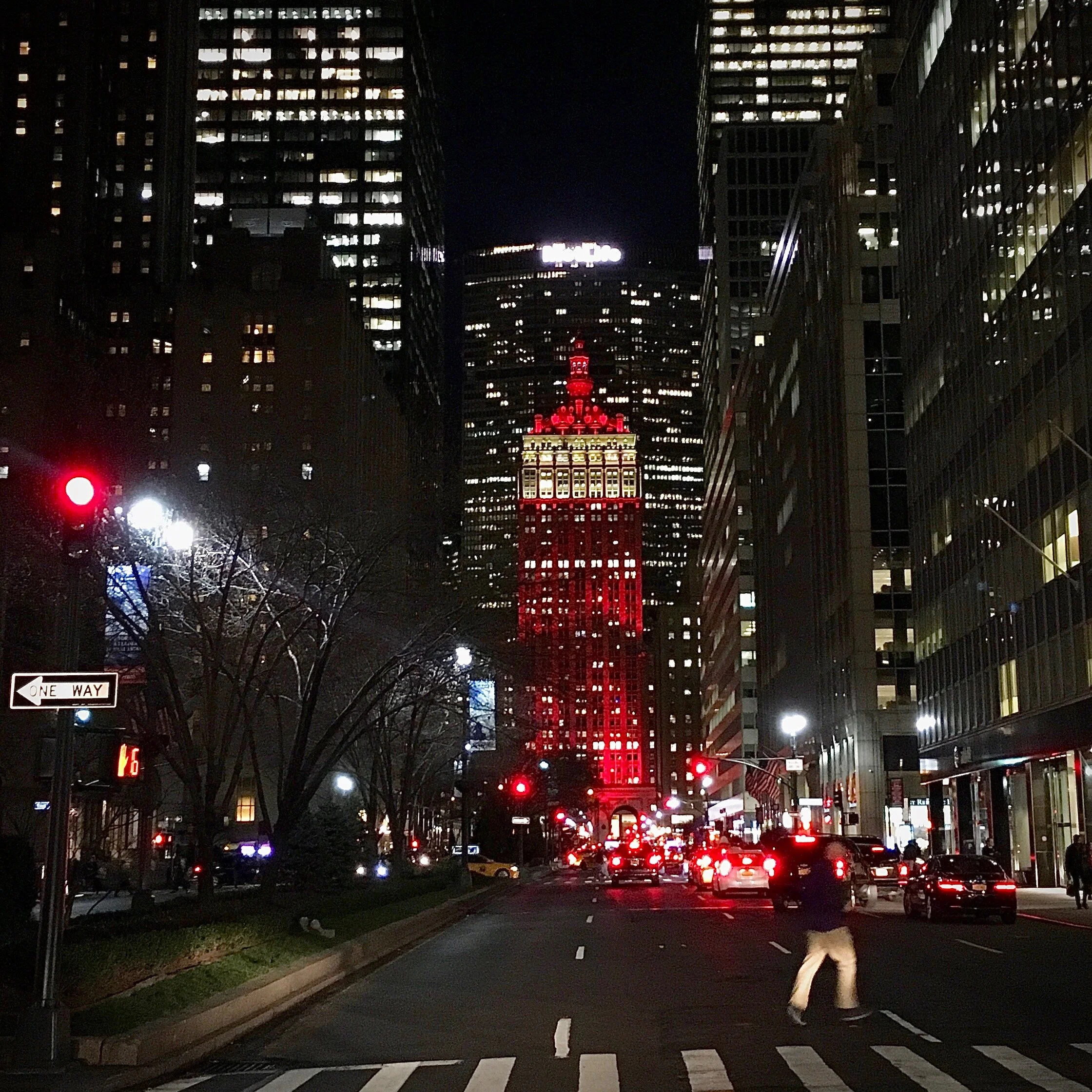REVIEW: Simone Young Conducts Music of Britain at NY Phil
Above: Brett Dean, composer, takes a bow with Simone Young and Alban Gerhardt in David Geffen Hall. Photo by Chris Lee.
January 31, 2020
By Brian Taylor
Simone Young impressed last season, as a last-minute replacement for Jaap van Zweden, with a confident account of Mahler’s weighty Sixth. The Australian conductor, recently named chief conductor of the Sydney Symphony Orchestra beginning in 2022, returned to David Geffen Hall this week with a program representing more than a century of the British Commonwealth.
Young opened the program with Benjamin Britten’s Four Sea Interludes, from Peter Grimes. Excerpted from his operatic masterpiece, Britten’s interludes depict the story’s omnipotent ocean. As a tone poem, they showcase Britten’s peerless craftsmanship in orchestration and some of his most vivid and moving music. Young led the Philharmonic in a riveting performance, as bracing and invigorating as the coastal air, and as hypnotic as the movement of the tides.
The Phil was in top form under Young’s clear, agile baton. She draws from them a wide palette of color, from a doleful yearning sigh, as in the magisterial, mysterious violin lines of “Dawn,” to a muscular warmth, especially in the mournful “Moonlight.” Strings, woodwinds, brass, all played with flawless intonation, even in crunchy harmonies. From “Sunday Morning,” and its angular, jutting woodwinds, to the rollicking “Storm,” which leaves the audience seasick from the motion of the waves, Young shaped the music into planes of imagery, revealing the piece to exist somewhere between Debussy’s La Mer and Glass’s Einstein on the Beach.
Cellist Alban Gerhardt joined the orchestra as soloist in the New York premiere of Australian violist and composer Brett Dean’s new Cello Concerto, written expressly for him. Gerhardt’s sure stage presence and commitment to the music was an essential element in bringing Dean’s imaginative, explosive showpiece to life. The solo part suffers from no shortage of notes and exploits the cello’s wide range. Gerhardt projected with a clarion, singing tone in the bass-baritone and mezzo-soprano registers with equal resonance.
Unfolding as one continuous movement in five distinct sections, at first the cello mutters in birdcall-like fragments (sometimes joined by the orchestra) which coalesce into a cacophony, conjuring imagery that might illustrate a molecular chemistry textbook. In a dreamy passage where the cellist floats peacefully above the orchestra, Dean instructs the percussionists to “delicately rustle” folded pieces of Bubble Wrap. Throughout the score, unusual techniques and textures are employed, and in Gerhardt’s hands, it all seems in service to a meaningful, if elusive, rhetorical end. The piece ends with a glaring question, as if Dean were setting the lyric, “Whaaat?”
Alan Gerhardt plays Brett Dean’s Cello Concerto with the New York Philharmonic. Photo by Chris Lee.
Following intermission, Young led the Philharmonic in a sweeping account of Edward Elgar’s Enigma Variations, one of England’s great musical treasures. The conductor kept her foot on the gas, not letting the band detour into sentimentality, so that the tender arrival of the noble Nimrod variation — the familiar classic Adagio — had power and impact. The orchestra played with clarity and focus (none of the bombast in which they can occasionally indulge), as well as full expressive power.
This concert of British and Australian music capped a week in which Brexit, Megxit, and the Australian bush fires swirled in the headlines. And the programming seemed apt in metaphor. From the pomp and elegance of Elgar to the war-torn ambiguity of Britten, we have presently arrived — as in Dean’s Cello Concerto — at a question mark.
Simone Young conducts the New York Philharmonic. Photo by Chris Lee
***







